Government Initiatives and Funding
Government initiatives and funding play a crucial role in shaping the Antiviral Drugs Market. Various governments are increasingly recognizing the need for robust antiviral strategies, leading to enhanced funding for research and development. This support is often directed towards public-private partnerships aimed at accelerating the development of new antiviral therapies. For example, initiatives to combat emerging viral threats have resulted in substantial financial backing for innovative drug development projects. Such funding not only facilitates the discovery of novel antiviral agents but also encourages collaboration among academic institutions, biotech firms, and pharmaceutical companies. Consequently, this trend is expected to bolster the market, ensuring a steady pipeline of antiviral drugs to address public health challenges.
Emergence of Drug-Resistant Viruses
The emergence of drug-resistant viruses is a significant driver of the Antiviral Drugs Market. As viral pathogens evolve, they often develop resistance to existing antiviral therapies, creating an urgent need for new and effective treatment options. This phenomenon is particularly concerning in the context of chronic viral infections, where long-term treatment is common. The increasing prevalence of resistant strains is prompting pharmaceutical companies to invest in research aimed at developing novel antiviral agents that can overcome these challenges. Moreover, regulatory agencies are emphasizing the importance of addressing resistance in drug development, further stimulating innovation within the industry. As the threat of drug resistance looms, the market is likely to expand, driven by the demand for next-generation antiviral therapies.
Increasing Incidence of Viral Infections
The rising incidence of viral infections is a primary driver of the Antiviral Drugs Market. With the prevalence of diseases such as hepatitis, HIV, and influenza, the demand for effective antiviral therapies continues to escalate. According to recent estimates, the global burden of viral infections is substantial, with millions affected annually. This trend is likely to propel the market forward, as healthcare systems seek to mitigate the impact of these infections. Furthermore, the emergence of new viral strains necessitates ongoing research and development in antiviral drugs, thereby fostering innovation within the industry. As a result, pharmaceutical companies are increasingly investing in antiviral drug development, which is expected to enhance the availability of effective treatments and expand the market landscape.
Growing Awareness of Antiviral Treatments
Growing awareness of antiviral treatments among healthcare professionals and patients is driving the Antiviral Drugs Market. As education and information dissemination improve, more individuals are seeking antiviral therapies for various viral infections. This heightened awareness is leading to increased diagnosis rates and, subsequently, a greater demand for antiviral medications. Additionally, healthcare providers are becoming more proactive in recommending antiviral treatments, particularly for chronic viral infections. The market is also benefiting from campaigns aimed at educating the public about the importance of early intervention and treatment adherence. As awareness continues to rise, it is likely that the market will experience sustained growth, with an expanding patient base seeking effective antiviral solutions.
Advancements in Drug Formulation Technologies
Advancements in drug formulation technologies are significantly influencing the Antiviral Drugs Market. Innovations such as nanotechnology and targeted drug delivery systems are enhancing the efficacy and safety profiles of antiviral medications. These technologies allow for improved bioavailability and reduced side effects, which are critical factors for patient compliance. The market is witnessing a shift towards more sophisticated formulations that can address the challenges posed by resistant viral strains. For instance, the development of long-acting injectables and oral antivirals is gaining traction, potentially transforming treatment paradigms. As these technologies continue to evolve, they are likely to attract investment and drive growth within the antiviral sector, ultimately benefiting patients and healthcare providers alike.
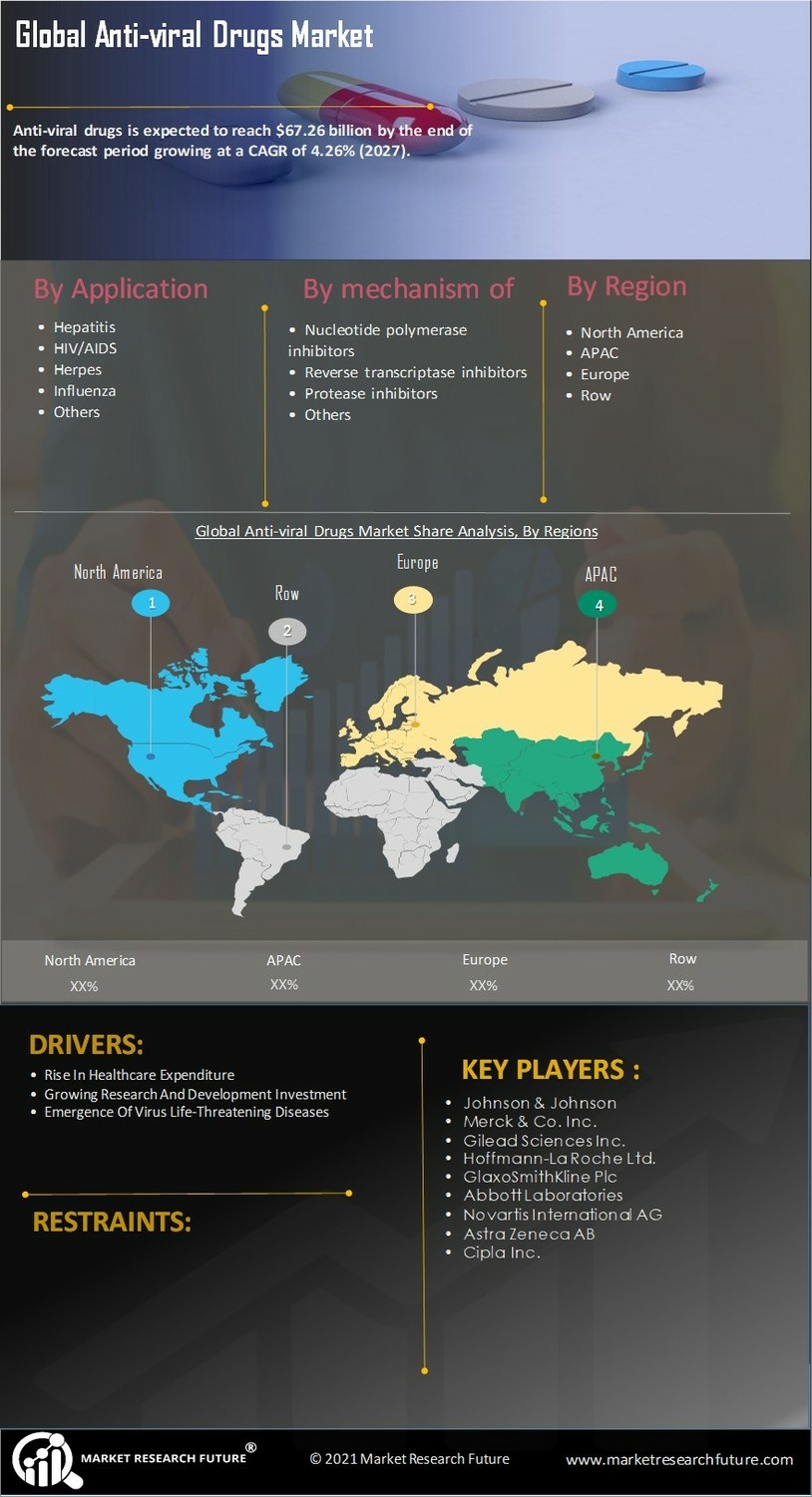

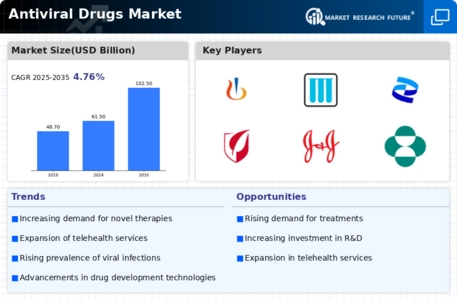
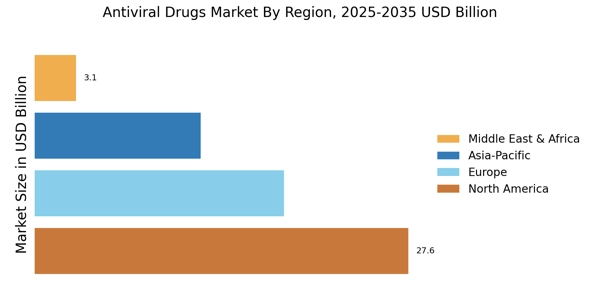
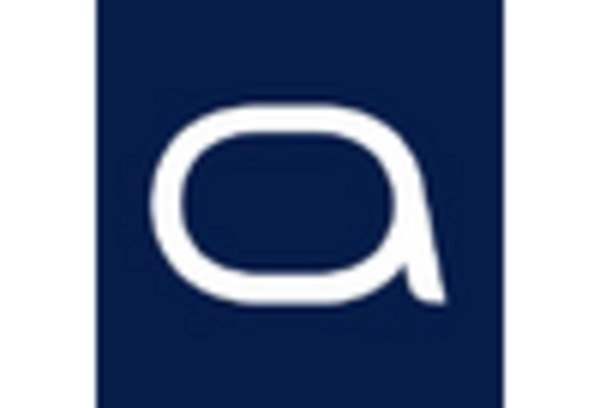
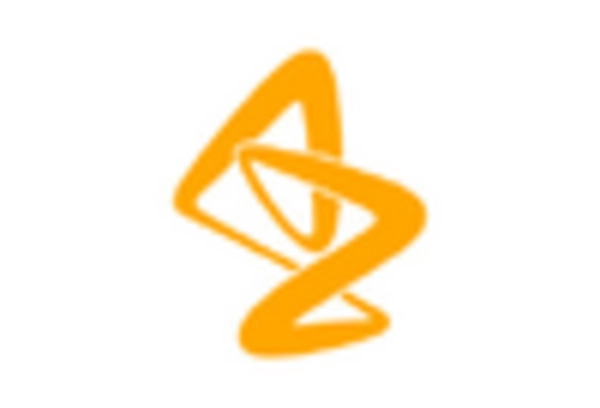

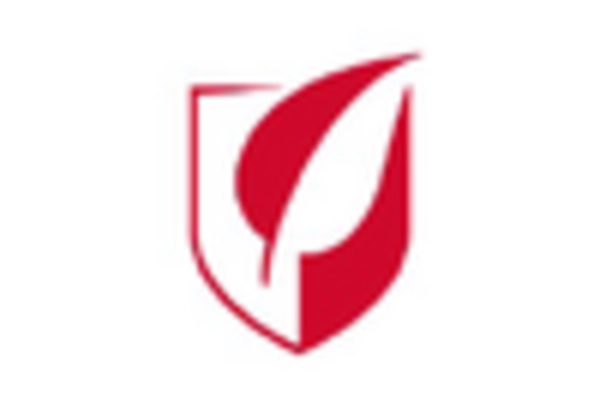

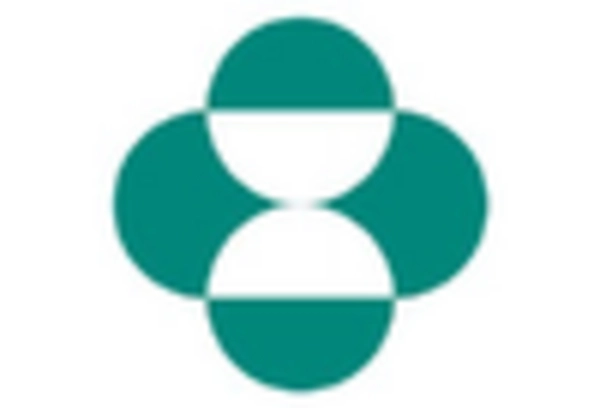








Leave a Comment